Non Weight bearing in Boot
This was the first week of non weight-bearing in boot. Since the Vacoped boot is longer and thicker than the fibreglass cast. I had to add a volleyball knee pad in the iWalker to match the thickness of the Vacoped boot. Whenever I had a chance, I would take of the boot and elevate my foot on a pillow while I leaned back on the sofa.
Sleeping without Boot
After researching the common traits for the people who recovered well on the Achilles blog, I found that they all sleep without boot during the recovery. I first noticed this was when I compared the resting plantar flexion of my non-injured foot and the injured foot. My non injured foot’s resting ankle was way more than 30 degree that was maximum setting of the boot. The idea was to let the Achilles tendon heal at the same length as the non-injured while I was sleeping.
Rerupture Risk Calendar
Most re-rupture occurred between 6 to 8 weeks. I created a snapshot calendar to remind myself of the high risk period. According to study, the highest risk of Achilles tendon elongation is between 8 to 12 weeks, keep that in mind. I absolutely refused to do passive static stretch from 8 to 12 weeks. And only slight static stretches from 12 to 16 weeks. After 16 weeks, static stretch was allowed but eccentric stretch during weight training was much preferred.
Incision Wound Caring
Every time after showering, I replaced the old incision wound pad with a new one. I tried the waterproof ones, while they worked well for preventing water from touching the wound, but they also slow down the would healing. I replaced them with good old fashion cotton pad and it speeded the would healing way up.
Vitamin C dosage
Study showed that a daily dosage of 1000 to 2000 mg of vitamin C enhanced collagen production. I was taking 2000 mg religiously. Some time I would keep back to 1000 mg if my stomach did agree with it.
Monitoring Resting Tension
After reading about a ballerina’s struggle to keep the resting tension after 3 Achilles rupture repair surgeries, I started monitoring my resting tension once a week. Read more about her here. My goal was to keep the resting tendon higher (more pointy) as much as possible. My reason was to heal as short as possible and later on stretching the calf muscles to compensate the calf muscle unit. Most people on the Achilles blog healed long with short calf muscles, it resulted in lack of strength in end range plantar flexion (low single legged heel raises).
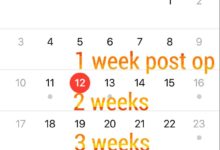

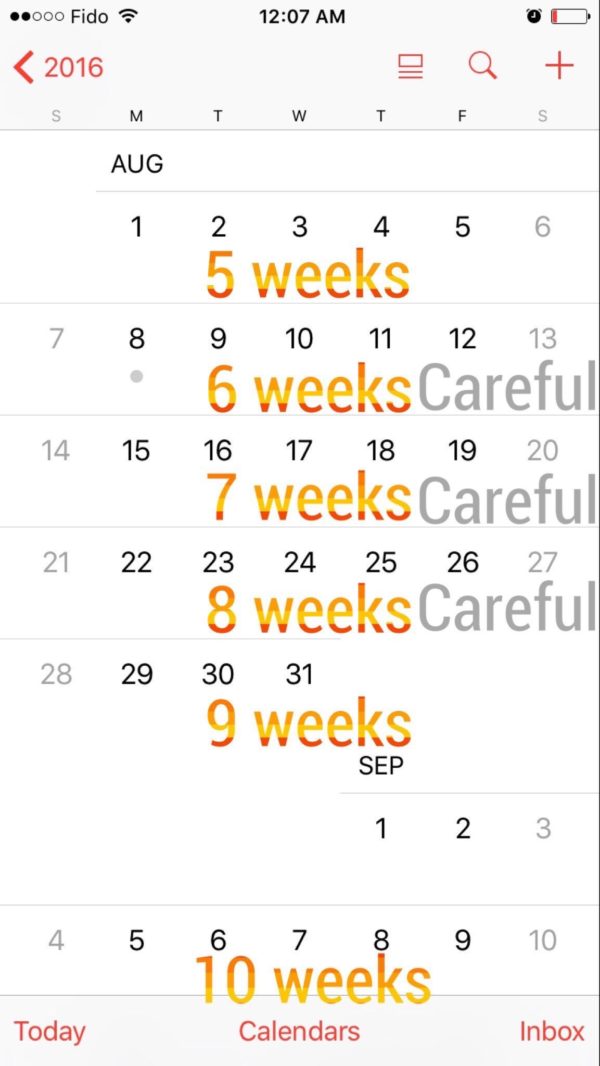
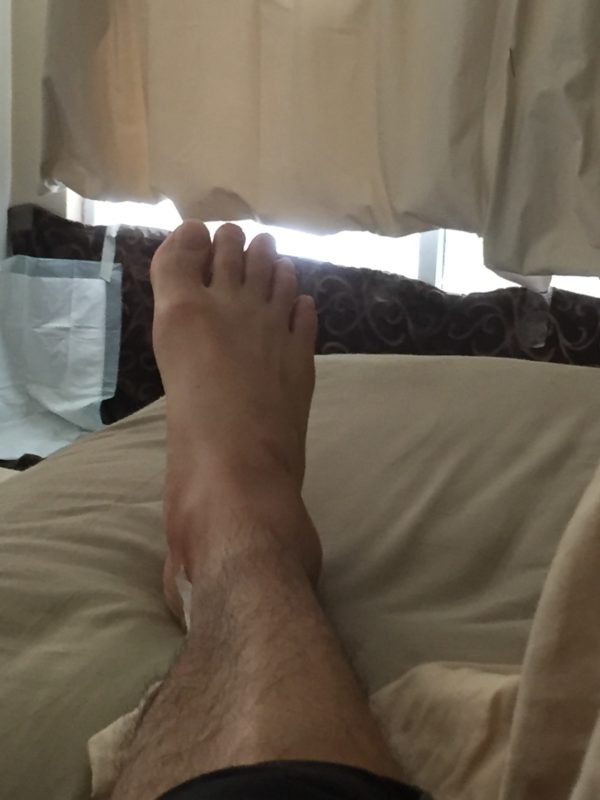
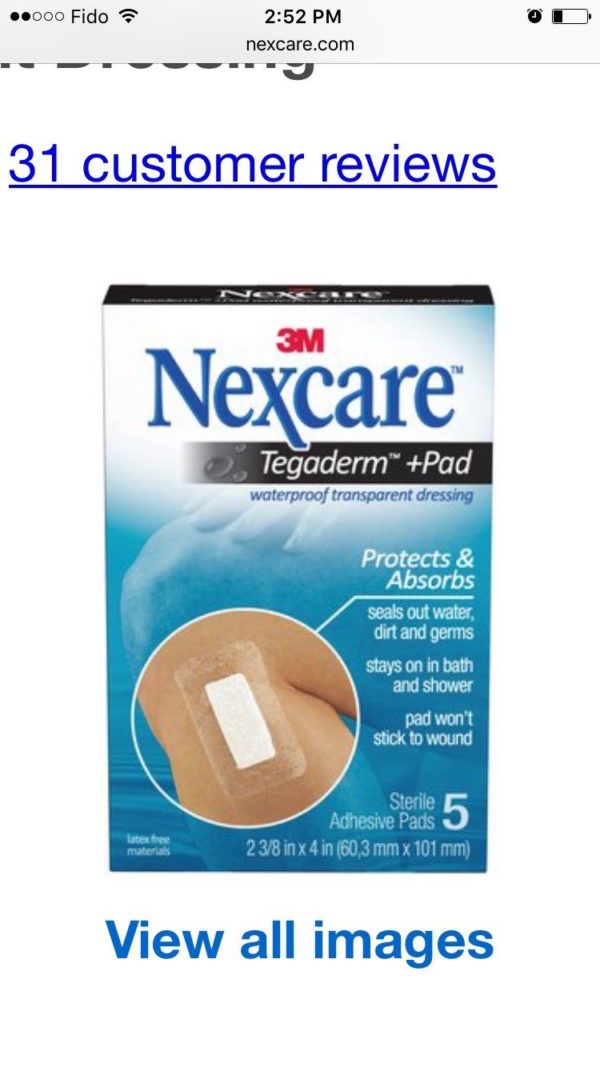
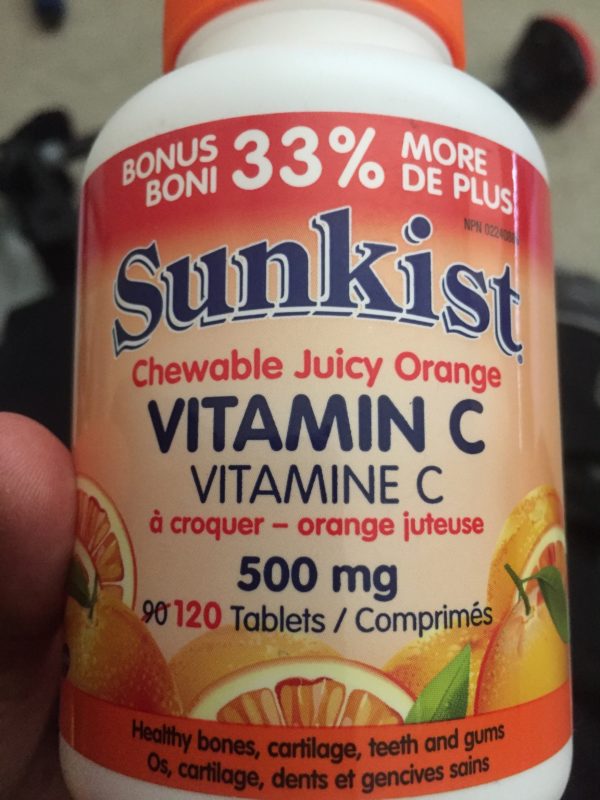
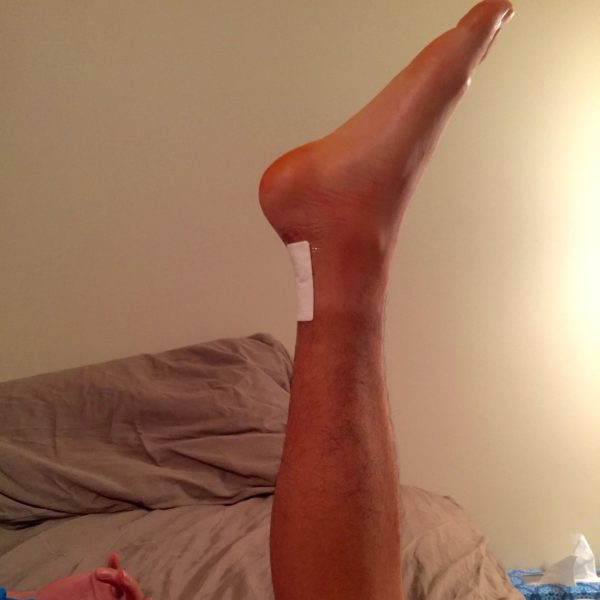
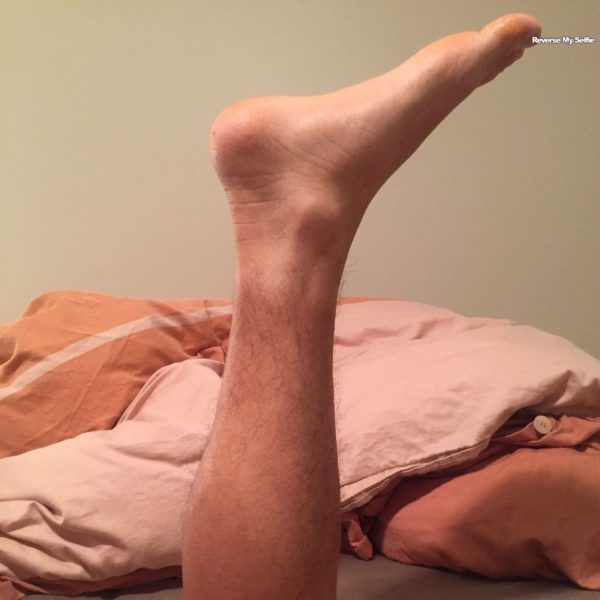
Leave a Reply